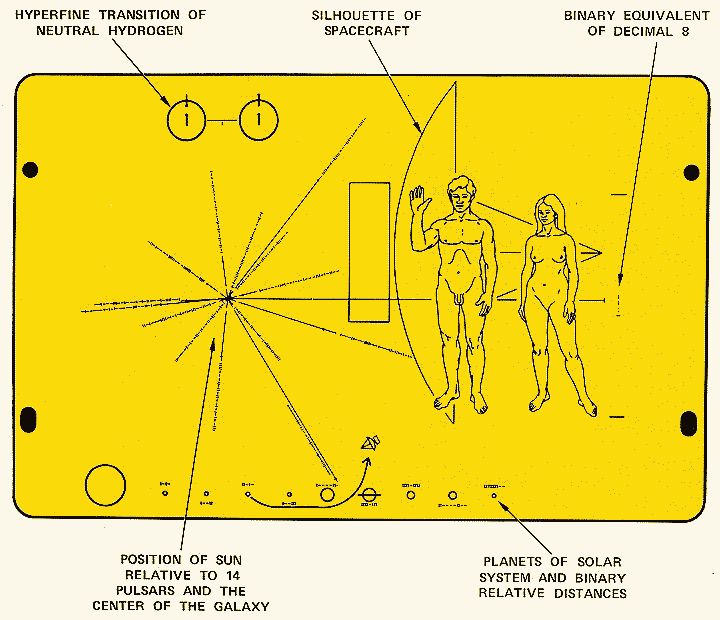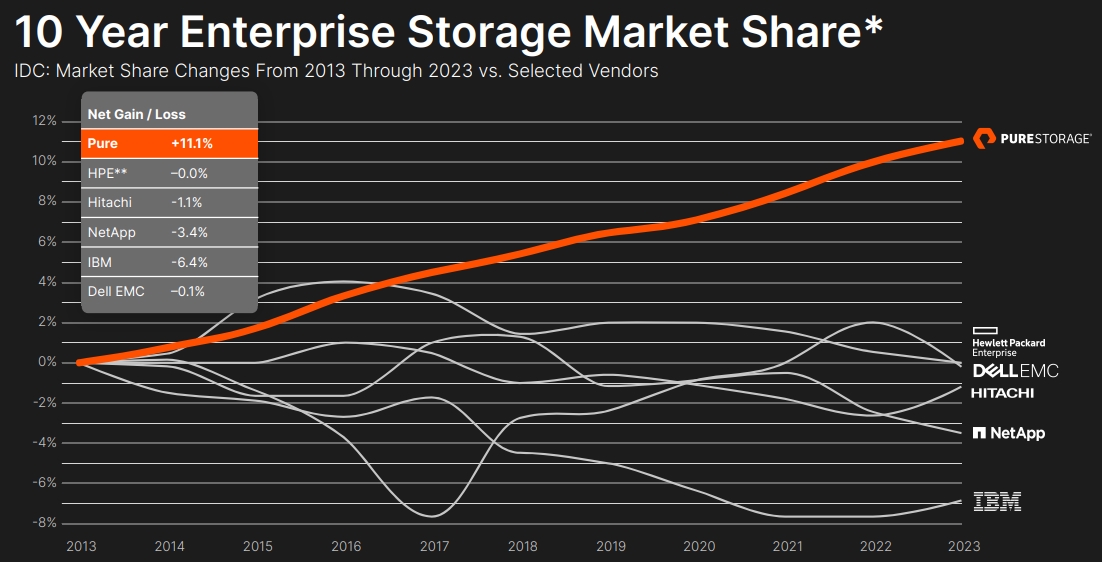Evolving Data Storage
Recording data was crucial to civilization’s founding. In fact, the invention of written records defined the separation between the prehistorical and historical periods. From early cuneiform clay tablets and papyrus scrolls to medieval books and the printing press, improvements in writing methods and technology have been transformative to human societies.
Today, we record and handle more data than ever. But paradoxically, our storage mediums have become increasingly fragile. For example, we are now aware of disk rot, or CD rot, which is the degradation of the reflective layer of a compact disc (CD). It is likely that most of these storage devices, including museum archives, will be unreadable after mere decades. The same problem affects other optical storage methods like DVDs and Blu-rays.
Source: Digital Scrapbooking Storage
Similarly, hard drives can be very sensitive to electromagnetic waves, so most of the world’s data could be erased by a sufficiently strong solar storm or EMP.
So overall, compared to manuscripts written on vellum, papyrus, or clay, modern knowledge is just going to last a few decades or a century, or is one catastrophe away from total destruction.
Luckily, researchers are exploring technologies for much more durable data storage. And amusingly enough, it might look a lot like the type of crystal we see in alien ships in science-fiction shows.

Source: RPF
Crystals’ Durability
Most materials degrade in time, whether it be advanced engraving on silicon wafers or paper/animal skins. However, mineral crystal is one type of structure that stays remarkably stable for millennia, if not millions of years.
This is because crystals are very rigidly organized and structured at the atomic level. This means that to start breaking them, you need to break them at the atomic level instead of just reducing the bonds between large fibers or the electromagnetic charge of a silicon atom.

Source: Britannica
This makes crystals extremely resistant to damage from heat, microorganisms, or electromagnetism.
It is these properties that made Pr. Peter Kazansky at the University of Southampton develop crystal data storage. They recently registered the entirety of the human genome data in one such crystal.

Source: University of Southampton
And in the long run, it might become a way to store the total sum of human knowledge for almost eternity.
“The visual key inscribed on the crystal gives the finder knowledge of what data is stored inside and how it could be used.
Above the dense planes of data held within, the key shows the universal elements (hydrogen, oxygen, carbon, and nitrogen); the four bases of the DNA molecule (adenine, cytosine, guanine, and thymine) with their molecular structure; their placement in the double helix structure of DNA; and how genes position into a chromosome, which can then be inserted into a cell.
5D Crystals
The way they did it is by leveraging the 3D nature of crystals. They record the data in the crystal using ultra-fast lasers to precisely inscribe data into nano-structured voids within silica crystal – with feature sizes as small as 20 nanometres.

Source: ZME Science
This goes contrary to most data recording currently used, which mostly records data on a 2D plan, either paper, magnetic tape, or silicon wafer.
Instead, they record the data in all the depths of the crystal (3D), as well as add another layer of data density by adding to the 3D spatial dimension 2 optical dimensions.
Birefringence
In theory, “simple” 3D data storage using the spatial position of the nanoscopic void in the crystal could be enough. However, it would require much larger crystals or limit the data volume that can be held per crystal.
So the researchers also leverage a phenomenon dubbed “birefringence”. It means that the material redirects light differently depending on the light polarization. This allows us to multiply the data storage density 8x.
By recording data with tighter focusing optics and shorter wavelength light, it is possible to achieve a spatial (3D) densification similar to that in Blu-Ray discs, involving a pit size of less than 200 nm.
Combined with the fourth and fifth dimensions provided by birefringence, which allow a single pit to store eight bits (one byte) of information as opposed to one, it would be possible to achieve an unprecedented capacity of hundreds of terabytes in a single 12cm-diameter disc.
5D Memory Crystal
Extreme Durability
Not only this would be as dense of data storage as Blu-rays, but it would also be a lot more durable. The crystal used is equivalent to fused quartz, one of the most chemically and thermally durable materials on Earth.
It can withstand the high and low extremes of freezing, fire, and temperatures of up to 1000 °C. The crystal can also withstand a direct impact force of up to 10 tons per cm2 and is unchanged by long exposure to cosmic radiation. It is similarly unaffected by intense electric currents.
Applications
Permanent Archives
While ultra-durable, such a data storage system is not rewritable. So we should not expect this sort of technology to be part of our computers any time soon.
It is also likely not as quick or easy to read as optical disks, so it makes for a poor medium in the case of data we want to consult often.
It is, however, the perfect storage format for archives that we want to preserve unchanged for an ultra-long period of time. So this could be a great system for storing many types of information that do not change over time and are important enough to be worth the effort:
- Historical and archaeological records.
- Literature, music, and art in general.
- Scientific knowledge, from the history of science to databanks on known mathematics, chemistry, physics, biology, etc.
- Financial data, with such storage maybe even more durable than decentralized blockchain networks.
- Back-up programs and other core data of IT systems.
Catastrophe Insurance
The human genome data recently recorded on the 5D crystal is going to be stored in the Memory Of Mankind archives. This is a special time capsule within a salt cave buried 2km deep in Hallstatt, Austria.
The geology of the mountain will allow the MOM archive to fully close itself by a natural phenomenon: the salt “flows” with a speed of 2 cm/year into any void. This will protect the archive from the greatest threat; man himself.
Its goal is the archiving of human memory, from testimonies and stories collected by individuals to the documentation of technology, as well as for example the locations of nuclear or toxic waste repositories.
Previously, Memory Of Mankind relied on high-tech ceramic to store text and images permanently with a goal to be readable in 1 million years. It will also contain a very extensive deciphering tool to explain our language.
A tablet of Ceramic Microfilm (20×20 cm) can carry up to 5 million characters, which equals 5×400-pages books. A book on Ceramic Microfilm requires 1/200 of the volume compared to the printed version.
Extinct Species Genetic Data
Some data can also never be restored when lost. This is true not only for human achievement but also for the natural world.
For example, the genetic data of extinct or endangered species could (should?) be archived in such a long-lasting way.
Considering the creation of a synthetic bacterium by Dr Craig Venter’s team in 2010, and the current effort to resurrect mammoths, it is not far-fetched to imagine in a few decades or centuries efforts being made to recreate from scratch such extinct species.
Deep Space Exploration
Pr. Kazansky and his team took inspiration from the Pioneer spacecraft plaques which were launched by NASA on a path to take it beyond the confines of the Solar System.

Source: Space.com
5D crystal could be used similarly to transfer information across the stars, with minimal to no data loss. This was actually already done, although more as a marketing gimmick, as such a 5D crystal containing Asimov’s Foundation Trilogy sci-fi classic was onboard the Tesla Roadster sent into space in 2018.
Some imaginative thinkers even consider that this could be a way for mankind to explore the stars even without fast travel methods. A ship could be sent with the data and machines required for creating human embryos “from scratch”, and give birth to new colonists in far distant stars.
Investing In Data Storage
5D crystals are, for now, a very new technology, also being developed by the private company 5D Memory Crystal / SPhotonics, spun off from the University of Southampton. However, other companies are exploring how to make data storage technology far more resilient than our current methods.
You can invest in data storage companies through many brokers, and you can find here, on securities.io, our recommendations for the best brokers in the USA, Canada, Australia, the UK, as well as many other countries.
If you are not interested in data storage companies solely, you can also look into tech ETFs like ProShares Nanotechnology ETF (TINY), Global X Cloud Computing ETF (CLOU), or Defiance Quantum ETF (QTUM)which will provide a more diversified exposure to capitalize on the importance of data and IT in the modern economy.
Data Storage Companies
1. Twist Biosciences
The company specializes in DNA synthesis, leveraging miniaturization methods from the semiconductor industry, saving time and money for researchers.
It is also working on creating DNA-based data storage that could be used to safeguard data independent from electronic systems. So maybe advanced data storage technologies could be using DNA itself, besides crystals.
This miniaturization allows us to reduce the reaction volumes by a factor of 1,000,000 while increasing throughput by a factor of 1,000, enabling the synthesis of 9,600 genes on a single silicon chip at full scale.

Source: Twist Biosciences
In January 2023, the company started shipping products from its recently launched second manufacturing installation. The new factory should double Twist’s production capacities.
With its advanced DNA and RNA synthesis capability, Twist could quickly become a major aptamer manufacturer if the market for anti-clotting products grows.
As a “neutral” producer focused on providing the best nucleic acid sequences at the best price, it could be a manufacturing partner of choice for any pharmaceutical company looking to commercialize useful nucleic acids, like data storage or anti-clotting aptamers.
2. Pure Storage
It is entirely possible that one day we rely on DNA or 5D crystal storage for safeguarding critical data. But until then, it is likely that our need for extra data storage will be through the usual silicon-based solution.
Pure Storage is a leader in the “Storage-as-a-Service” (STaaS) market. It is growing quickly (18% year-to-year) with already 12,500+ global customers (up from 9,000+ in 2022), including Meta, Comcast, Domino’s Pizza, and NASA.

Source: Pure Storage
Pure Storage is also supporting many AI projects from SiriusXM, AutoNation, Health Genome Center 2030, Crater Labs, etc.
The key advantage of the company is based on its FlashArray and FlashBlade technology, which is outperforming compared to hard drives, by storing the data on flash memory drives.
Its systems consume 2-5x less power and space than existing hard drive systems and are 10x more reliable.

Source: Pure Storage
As 1-2% of the global energy consumption comes from data centers, reducing by 80% storage-related energy consumption can have a massive impact.
Pure Storage started mostly as a hardware manufacturer but has slowly evolved into a cloud service provider with full turnkey offers.
Pure Storage will likely benefit in the upcoming years from the rise of AI combined with the need to reduce the IT industry energy consumption, as illustrated for example with the recent deal of Microsoft to restart the Three Mile Island nuclear power plant.
